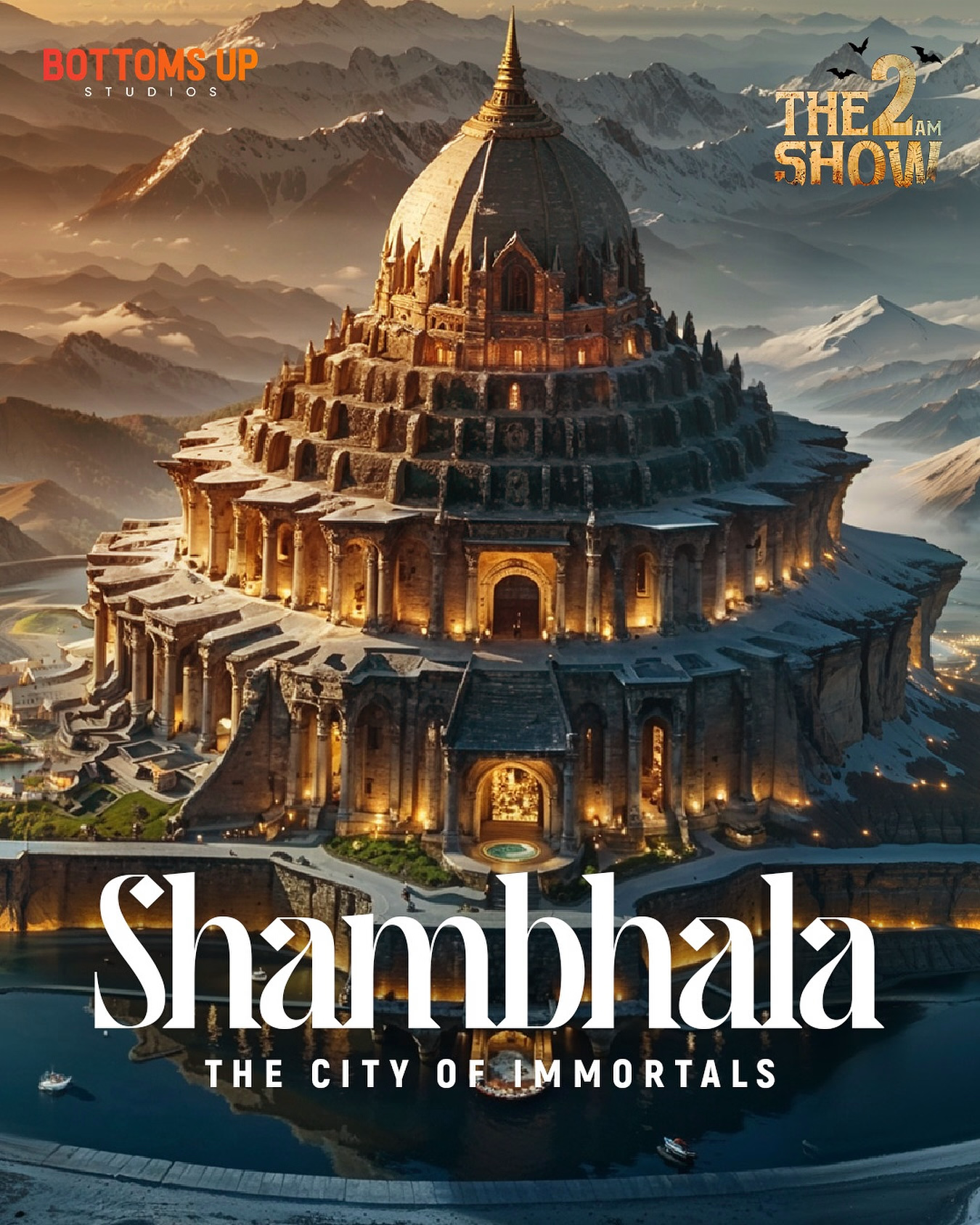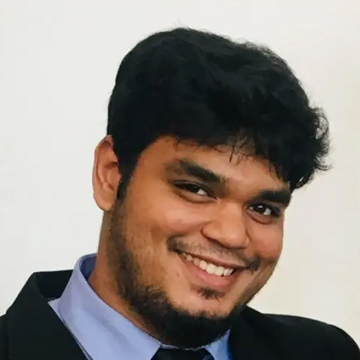Shambhala: The Lost City Of Immortals
Explore the allure of a timeless Himalayan mystery merging immortality and raw suspense!!

Image: Instagram
In a world captivated by legends and unsolved mysteries, one ancient tale continues to spark both intrigue and debate. The latest episode of The 2 AM Show delves deep into the enigma of Shambhala—a mythic city said to be home to immortals where time appears to stand still. Intriguingly, the provocative title, ‘Shambhala: The Lost City That Even Hitler Wanted to Find,’ hints at the darker historical fascinations that have surrounded this legend.
The Enigmatic Legacy
The episode presents a narrative that interweaves historical accounts, mystical lore, and modern cinematic storytelling. Shambhala, hailed as the City of Immortals, has long been a symbol of eternal life and boundless mystery. While ancient texts and local folklore celebrate the city as a sanctuary hidden among the Himalayan peaks, modern enthusiasts and conspiracy theorists have revived tales suggesting that even notorious figures such as Adolf Hitler were drawn to its fabled promise of immortality. This melding of fact and fable sets the stage for a captivating exploration that challenges viewers to question the boundaries between myth and history.
A City Beyond Time
Throughout the episode, viewers are treated to a visual and intellectual journey through the rugged terrains of the Himalayas. Artistic re-enactments and immersive production techniques transport audiences to a world where ancient rituals and cryptic symbols hint at secret histories. The narrative is built upon meticulous research that draws from ancient manuscripts, local legends, and expert interviews. The creators emphasize that while tangible evidence of Shambhala’s existence remains elusive, the myth itself carries an enduring appeal that transcends time. The imagery featured in the episode—evocative landscapes, shadowy figures, and timeless monuments—encourages viewers to imagine a realm where the laws of nature bend in favor of eternal life.
Modern Interpretations And Cultural Impact
In today’s digital era, enduring legends like Shambhala find new life on social media and streaming platforms. A recent Instagram post by Dalljiet Kaur, a celebrated figure in cultural storytelling, encapsulated this revival. The post, which featured the headline ‘Shambhala: The Lost City That Even Hitler Wanted to Find’ alongside a striking image, underscores the modern fascination with historical mysteries and ancient lore. With hashtags such as #shambhala, #cityofimmortals, and #mystery, the episode clearly resonates with a diverse audience—ranging from history buffs and mystery enthusiasts to fans of thriller narratives.
The discussion extends beyond mere legend to examine the manner in which myths shape cultural identity and collective memory. In the episode, the allure of immortality becomes a metaphor for the eternal human quest for meaning, purpose, and longevity. By revisiting the legend of Shambhala, the program not only entertains but also prompts a reflective look at the ways ancient beliefs continue to influence modern ideologies and aspirations.
Behind The Scenes And Production Insights
Behind the scenes, the team behind The 2 AM Show has left no stone unturned in bringing the mystery of Shambhala to life. Extensive research into historical documents, folklore, and even controversial claims—such as those involving Nazi occult interests—has lent the episode an air of scholarly inquiry paired with cinematic flair. Production insights reveal that the creative process involved on-location shoots in regions reminiscent of the Himalayan backdrop, careful set design, and innovative visual effects. These efforts help create a suspenseful atmosphere that is as intellectually engaging as it is visually arresting.
Experts featured in the episode discuss the powerful symbolism embedded in the legend of Shambhala. They suggest that the city, whether real or imagined, serves as a mirror reflecting humanity’s eternal dreams: the desire to transcend the limitations of mortal existence and achieve a state of perpetual renewal. Such narratives find echoes in various cultural expressions, and the episode draws parallels between ancient myth and modern cinematic storytelling.
The production also benefits from a savvy social media strategy. Dalljiet Kaur’s involvement, for instance, underscores the growing synergy between traditional historical narratives and modern digital platforms. Her Instagram post not only teased the provocative title of the episode but also invited fans to immerse themselves in a narrative that fuses historical intrigue with present-day visual storytelling.
Ultimately, the mystery of Shambhala challenges us to ponder the fine line between myth and reality. While historical records may not definitively confirm the existence of a city where immortality is attainable, the legend endures because it symbolizes the timeless human quest for eternal life. The episode’s blend of scholarly research, imaginative storytelling, and high production values makes it a must-watch for anyone fascinated by history, mystery, and the enduring power of myth.
This immersive journey into the lost legend of Shambhala leaves viewers with more questions than answers—an invitation to explore further the realms where myth converges with reality. As the episode wraps up, audiences are reminded that sometimes, the true allure of a legend lies not in its confirmation, but in the endless possibilities it inspires.
Read full bio of Glendon Moss
























